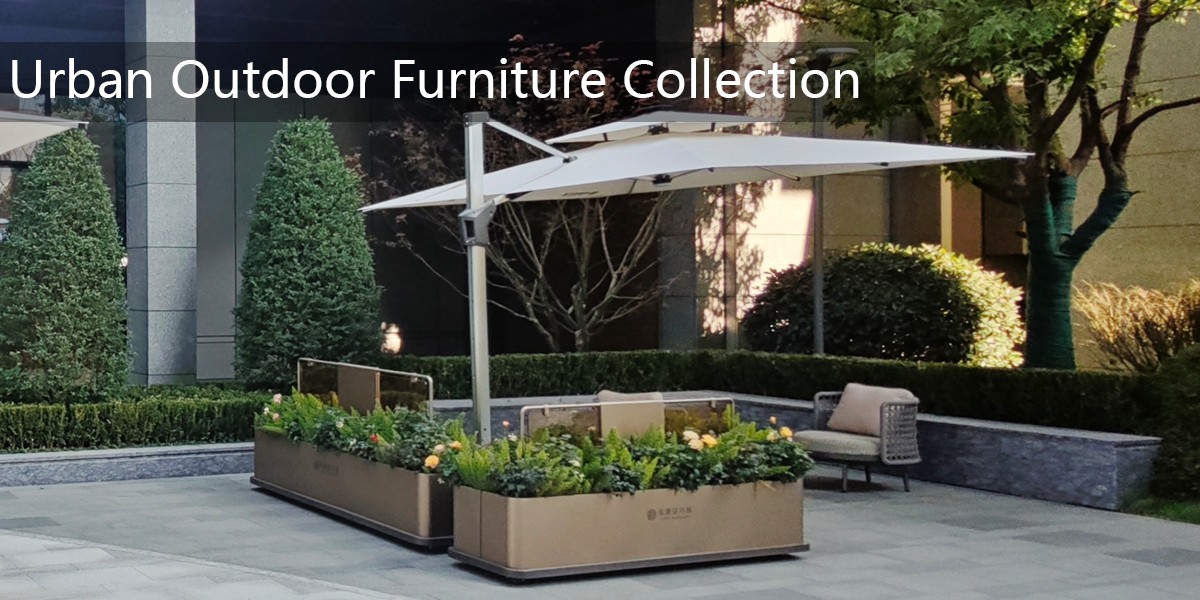Selecting an outdoor sofa that resists algae growth requires careful consideration of materials, design, and maintenance. Here’s a guide to help you make the best choice:
1. Choose Algae-Resistant Materials
Opt for synthetic materials like polypropylene, resin wicker, or powder-coated aluminum, which are less porous and discourage algae buildup. Avoid natural fibers like untreated wood or cotton, as they retain moisture and promote algae growth.
2. Prioritize Weather-Resistant Fabrics
Look for UV-resistant and quick-drying fabrics such as Sunbrella or solution-dyed acrylic. These materials repel water and dry faster, reducing the risk of algae formation.
3. Ensure Proper Drainage
Select sofas with slatted designs or raised legs to allow water to drain easily. Standing water accelerates algae growth, so proper airflow and drainage are critical.
4. Apply Protective Coatings
Treat your sofa with anti-algae sprays or coatings, especially if it’s made of wood or metal. Regular applications can create a protective barrier against moisture and algae.
5. Regular Cleaning and Maintenance
Clean your sofa periodically with a mild soap solution and a soft brush to remove dirt and prevent algae spores from settling. Store cushions indoors during prolonged wet weather.
By focusing on these factors, you can enjoy a durable, algae-free outdoor sofa that stays fresh and inviting for years.


